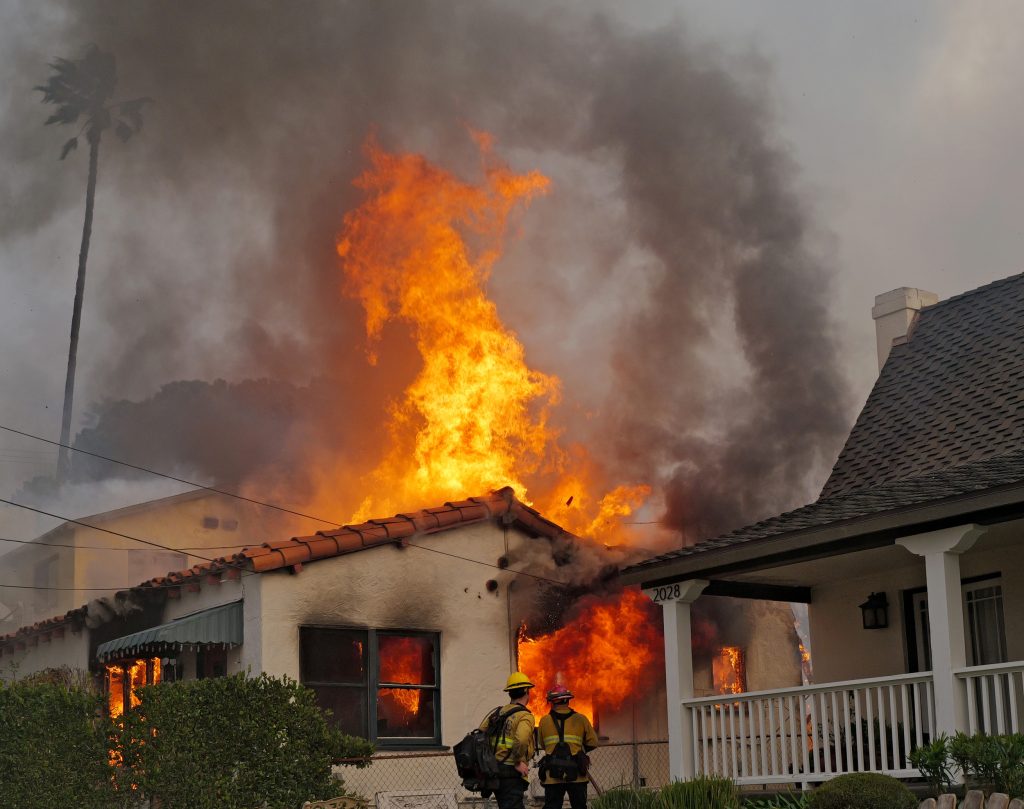The California property insurance market is in crisis, driven by the escalating frequency and severity of wildfires. Insurers, facing mounting losses from wildfire claims and constrained by state regulations on premium increases, have drastically reduced coverage and non-renewed policies across the state, particularly in high-risk fire zones. This has created a severe insurance gap, leaving many homeowners vulnerable and scrambling for coverage as the threat of devastating wildfires looms ever larger. The recent wildfires raging through Southern California underscore the precarious situation faced by residents, many of whom are now uninsured or underinsured.
The impact of climate change is undeniable, as areas not traditionally prone to wildfires, like Southern California, are experiencing unprecedented destruction. Warmer temperatures, drier vegetation, and stronger winds create a perfect storm for rapid fire spread. Insurance companies, grappling with the financial realities of these increasingly destructive events, have adopted drastic measures to mitigate their own risks. This includes outright refusal to offer new policies in high-risk areas, non-renewal of existing policies, and substantial premium increases for those who manage to retain coverage.
Data from the California Department of Insurance (CDI) reveals the extent of the insurance retreat. Seven of the twelve largest insurers in the state, representing a significant portion of the market, have reduced their exposure in the past four years. Major insurers like State Farm, the market leader, have halted new homeowner insurance applications and canceled tens of thousands of existing policies. Other large players, such as Travelers, Tokio Marine, Nationwide, Farmers, USAA, Allstate, and Chubb, have implemented various restrictions, including limiting new policies, non-renewals, and focusing on lower-risk properties.
This withdrawal of traditional insurers has forced homeowners to turn to the California FAIR Plan, a state-backed insurer of last resort designed to provide coverage for those unable to find it in the private market. The FAIR Plan, however, is not a comprehensive solution. It typically offers more limited coverage at higher prices than traditional policies, and its growing market share signals the deepening crisis in the insurance market. As the FAIR Plan becomes the primary option for many, it raises concerns about its long-term solvency and ability to meet the increasing demand.
The consequences for homeowners are dire. Many face the prospect of shouldering the full financial burden of rebuilding their homes in the aftermath of a fire, a cost that can easily reach hundreds of thousands of dollars. The stories of residents losing their long-held insurance policies just as wildfires approach their communities illustrate the human cost of this crisis. Senior citizens on fixed incomes, families who have invested their life savings in their homes, and entire communities are left vulnerable by the insurance industry’s retreat.
The situation demands immediate attention from policymakers and stakeholders. Balancing the needs of homeowners with the financial viability of insurance companies is a complex challenge. Regulatory solutions that allow insurers to adequately price risk while protecting consumers are crucial. This might include revisiting rate-setting mechanisms, incentivizing mitigation efforts, and exploring innovative insurance models. Without intervention, the insurance crisis in California will deepen, leaving more and more residents vulnerable to the devastating financial impacts of wildfires. Furthermore, the current wildfires devastating Southern California, destroying thousands of structures, and causing widespread displacement, will only exacerbate the insurance gap. The long-term recovery of these communities will be significantly hampered if residents lack the financial resources to rebuild.










